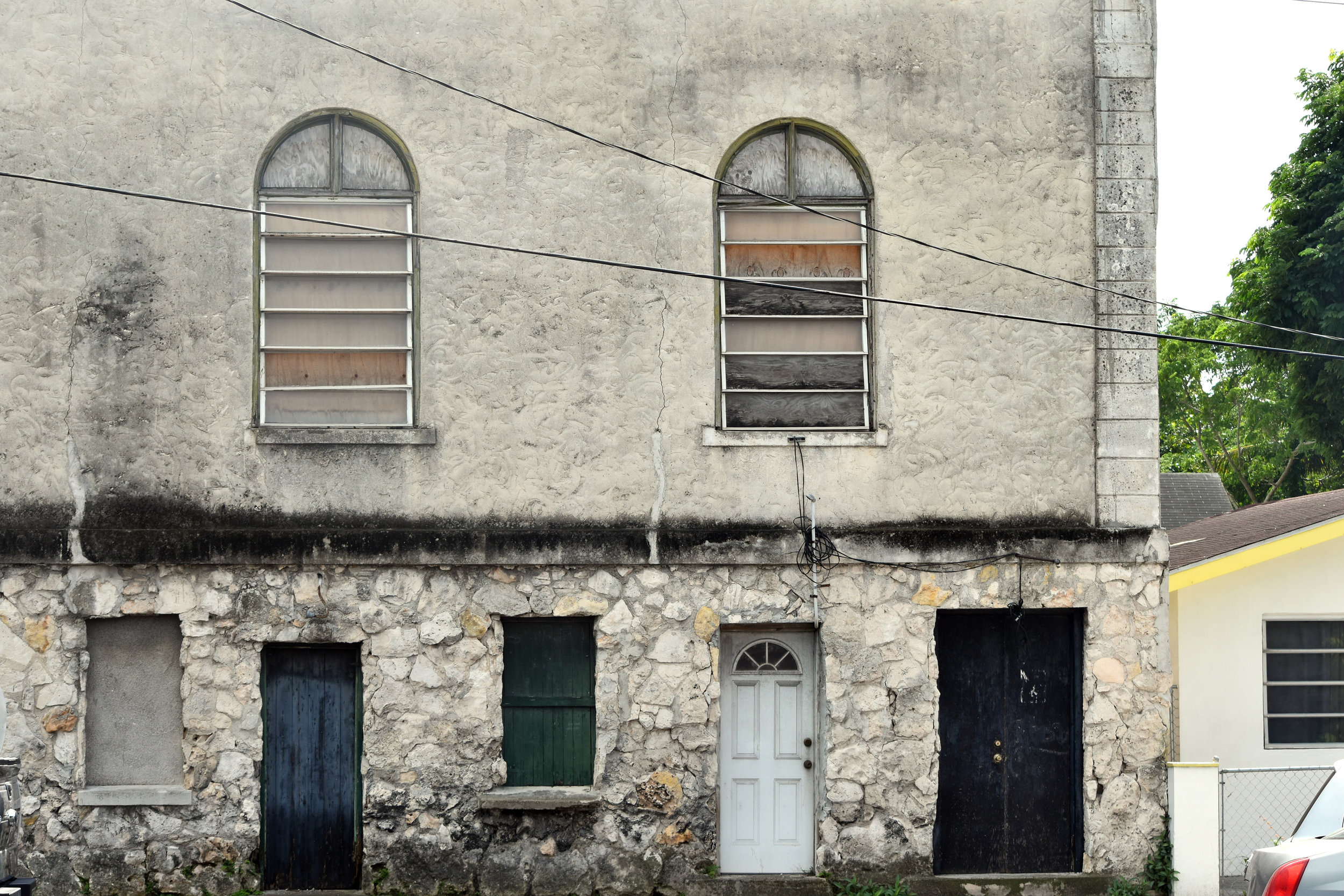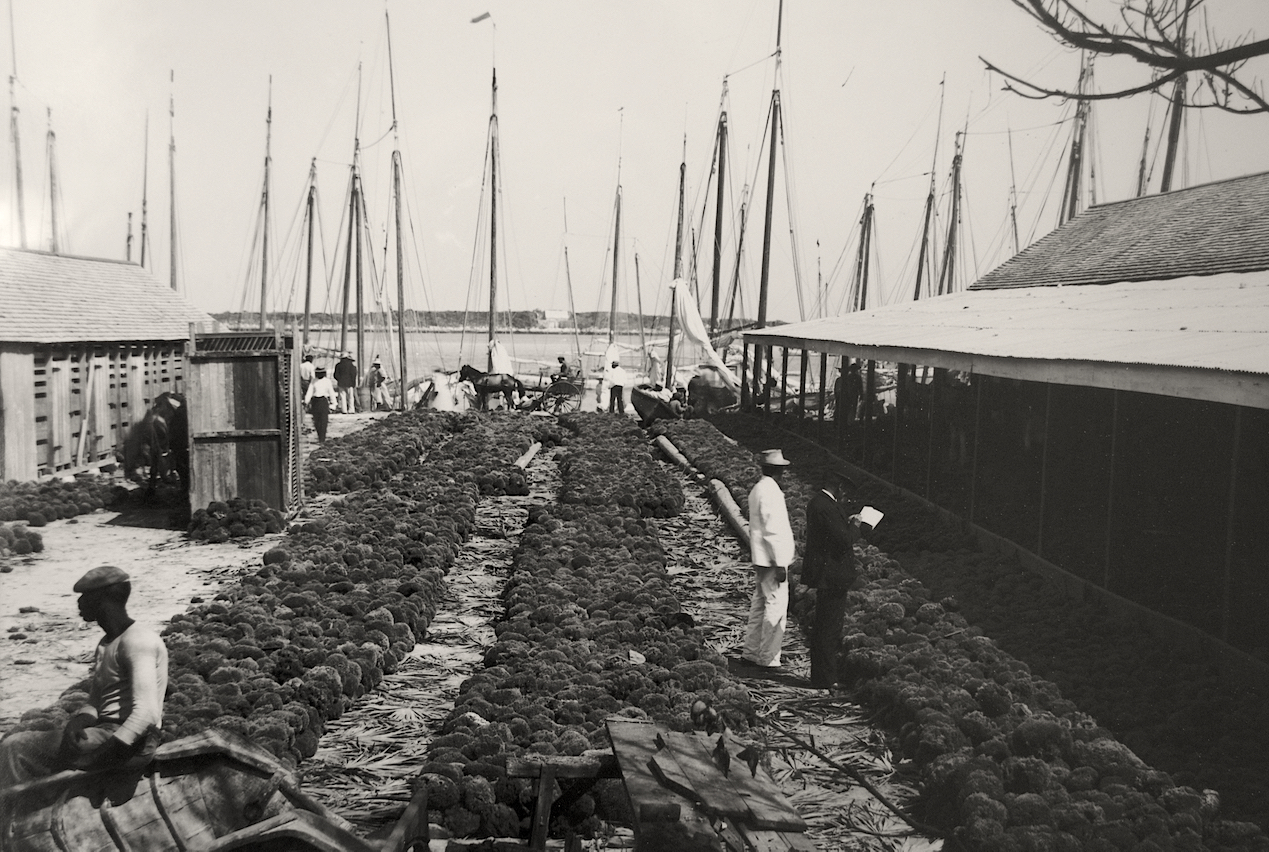By Dr Ian Bethell Bennett,The University of The Bahamas. Colonialism and coloniality in design occur when little is left of the past to remind us of the physical reality. On a recent trip to Cape Town, I had the pleasure of enjoying two spectacular spaces of art and design that showed how important it is to think through purpose and landscape and how the beauty of both can be made functional in the spaces created. I had the pleasure of stumbling into a nursery that doubled as an apparent antiquarian. The space was large and well-designed with room to breathe. Form and purpose combined with the art of design to speak to concepts of natural beauty, much like the wave design at the London Aquatic Centre at Stratford designed by Zaha Hadid especially for the 2012 Olympic games and constructed by Balfour Beaty; the perfect example of form, design and purpose merging and blurring lines of functionality and beauty.
All posts tagged: Space and place
Push Out: Jodi Minnis and Ian Bethell-Bennett Investigate the Mythologies and Futures of Gentrification in Over-the-Hill
Essay Push Out: Jodi Minnis and Ian Bethell-Bennett Investigate the Mythologies and Futures of Gentrification in Over-the-Hill Natalie Willis ·
Potter’s Cay: Markets and the Importance of Public Spaces
By Dr Ian Bethell-Bennett, The University of The Bahamas . “Traversing the Picturesque: For Sentimental Value” provides an invaluable view into the way the islands have been visioned for decades. It is a unique and important show that serves as a historical and current window into a perspective that adds value to our discussions and to how we see ourselves. Working in tandem with “We Suffer to Remain”, both shows provide an incredibly fruitful and open discussion for the cultural materialism and intermateriality cross-materiality that allows deeper and broader understanding of where we live and how we live here. The latter show deals with the loss of tangible and intangible cultural heritage of slavery through erasure. The periphery, the colony where the history physically took place has gutted its memory through a process of deletion and writing over.
The Culture of Space: Places for Art
By : Dr Ian Bethell-Bennett
The post office stands at the top of Parliament Street on East Hill street, a monument to 1970s development. It stands now condemned. The Churchill building stands condemned, much like the Rodney Bain Building on the verge of Parliament Street Hill on the way to the post office. Condemned buildings populate the city of Nassau. The shift has been rapid; from a thriving colonial backwater settled by administrators and Loyalists to a post-colonial shadow of colonial rule, to a derelict city of decay. This shift has been enormous.
Losing Our Steps: Intangible Culture, Living Memory, and the Space for a Culture to Exist
By Dr. Ian Bethell-Bennett. “And thy heaven that is over thy head shall be brass, and the earth that is under thee shall be iron. The LORD shall smite thee with madness, and blindness, and astonishment of heart. Deuteronomy 28: 23 + 28.” I cannot say why this quote from Los pasos perdidos (1953) by Alejo Carpentier the Cuban writer and musicologist resonates with the work of capturing or documenting cultural heritage in the Southern Bahamas. However, these words capture beyond reason so much of what time has done in these islands. We, as a people, also treat Bahamians as if they were second-class citizens in their country. The system of paradise and exploitation, created during piracy and continued during colonialism, is not about white against black but rather about a system of exploiting those who cannot—or are not allowed—to speak for self because they are repeatedly told they do not have souls, they are not human and they should be grateful to be allowed to be near such greatness.
Cultural Development and Investment: The Recognition of Our Cultural Heritage
Cultural heritage, shockingly, is actually not unique to or owned by a people unless it is inscribed as such. So, as a nation, we think we are the sole practitioners of Junkanoo the way we perform it on Boxing Day morning and New Year’s Day morning, however, this unique cultural relationship does not endow us, The Bahamas or the Bahamian people with the right to use Junkanoo as we wish. We do not own the practice nor do we benefit from it, despite the fact that whenever we are invited as a country to an arts or culture festival we tend to drag an entire Junkanoo group with us. The nation and the state have been historically irresponsible when it comes to officially claiming and so protecting our cultural heritage.
Cultural Heritage & Erasure: “Protecting our inheritance and patrimony”
How do we forget that when we lose our tangible culture, we actually also lose our intangible culture? They usually go together. Culture is not just a product that we package and sell. It is actually a process, a way of life, a rhythm that is embodied in a place. Exuma and Long Island, Acklins and Bimini have very different rhythms. They do not all practice Rake ‘n’ Scrape the same way, nor do they cook the same dishes in the same fashion. Boat building on Abaco is different from boat building in Long Island; each community has its own identity and rhythm that does not conform to national structures.





